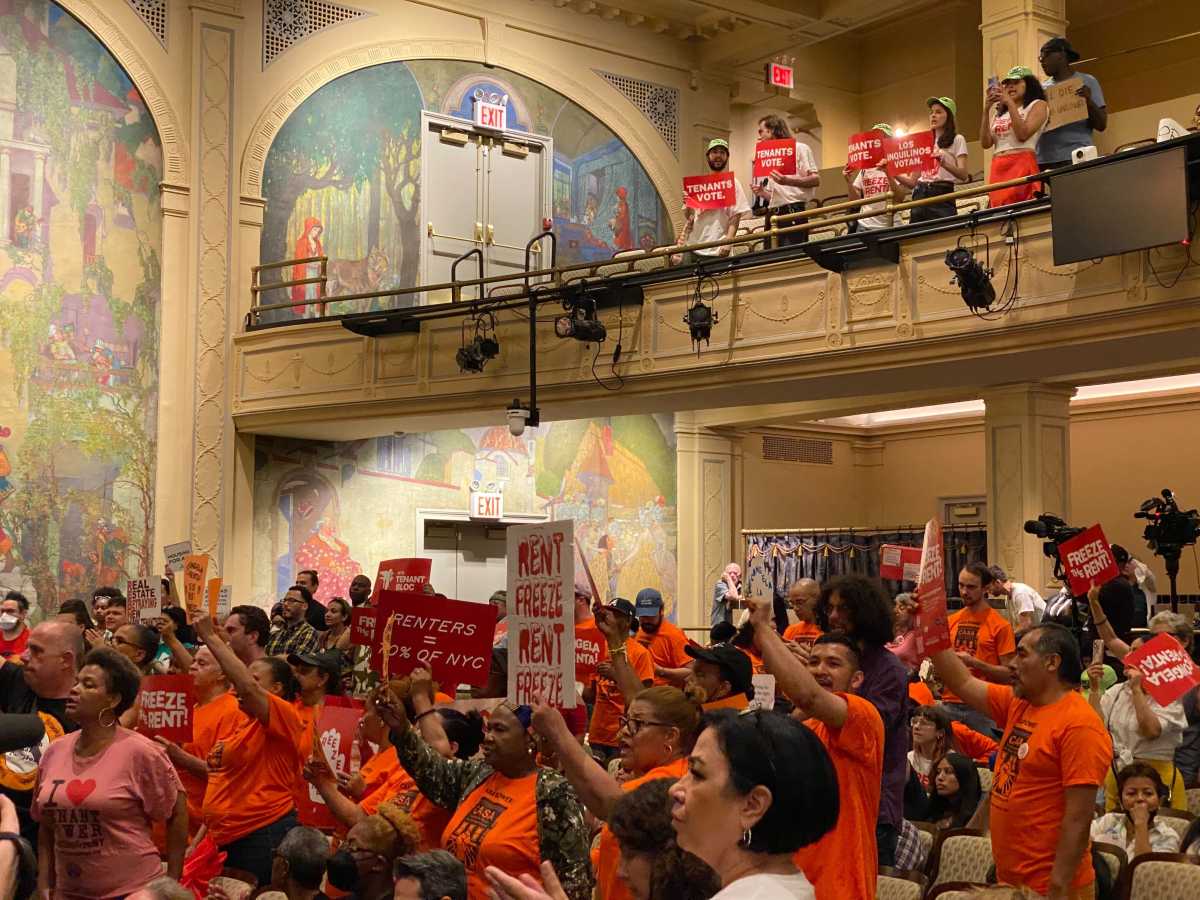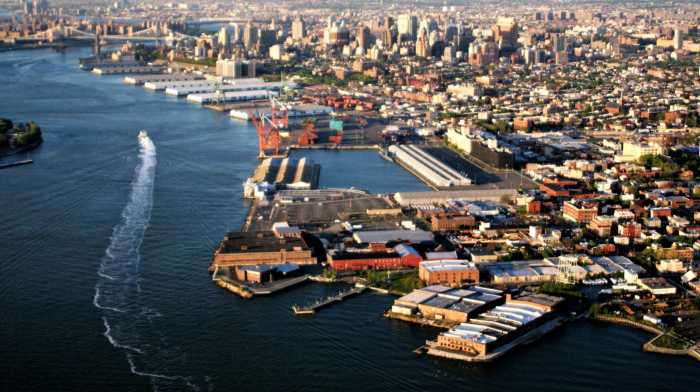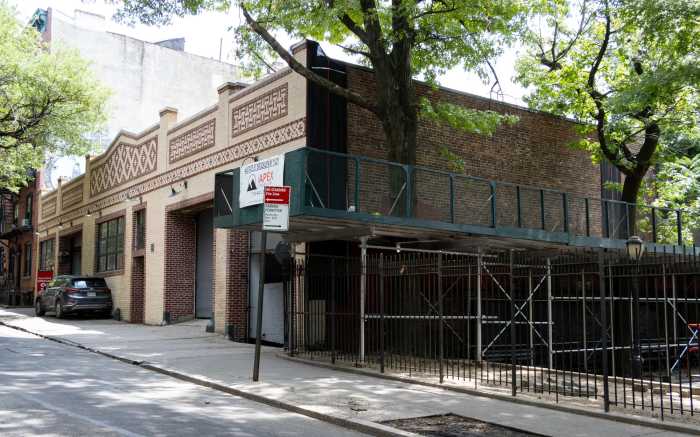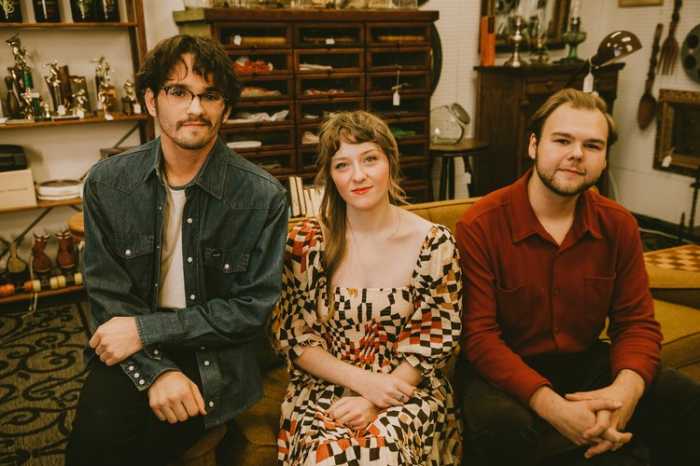The hype and possible corporate fortune generated by the brand new Ikea will likely draw other big-box retailers into Red Hook, putting the once thriving port neighborhood in the middle of an ongoing debate about national chain stores and the future of retail in urban areas.
Real-estate insiders say the commercial domino effect is coming and Borough President Markowitz says he’d welcome an influx of national retailers, but some residents and urban planners say it would cause the dreaded suburbanization of Red Hook.
Commercial brokers say the availability of large tracts of land, optimum for big parking lots and sprawling stores, are all the more appealing to chains like Target, Wal-Mart and Bed, Bath and Beyond because of Ikea’s neighborhood status as an anchor business.
“Will there be more? Yes. It’s inevitable,” Landon McGaw, director of sales for Massey Knakal Realty Services, told The Brooklyn Paper. “There are a lot of large parcels of land that are owned by single landowners [and] it’s favorably zoned.”
Greg O’Connell, the overall-clad developer who notably brought Fairway to Van Brunt Street, owns five or six full city blocks nearby Ikea.
McGaw said they’re ripe for additional big box stores, but O’Connell said he’s waiting to judge Ikea’s impact before making any moves with his property and might be predisposed towards smaller businesses.
“You have to wait a year or so just to see how the traffic affected the neighborhood,” O’Connell said.
He said that Ikea will ultimately be beneficial to Red Hook — and added that other retailers could also be successful if they followed the Swedish giant’s model of linking up with public transit, providing access to the waterfront and giving Red Hookers a shot at much-needed jobs.
That said, he still might be predisposed towards inviting independent merchants onto his sites.
“I’m very supportive of small businesses and that’s what I would work to cultivate. There has to be a mixture of everything,” he said.
The former Revere Sugar factory site next door to the Ikea on Beard Street, which is owned by would-be Coney Island theme park developer Joe Sitt, is an attractive piece of waterfront property for retailers, but it would have to be rezoned for a commercial use.
Building big box stores is different than many other real-estate deals, because a developer typically cannot secure financing until he’s reached an agreement with a store.
“Planning of retail development is a lot harder, because you can’t just build a big box store and hope for the best,” said McGaw.
The political environment is favorable for future national outlets to open in Red Hook.
Markowitz is flagging them into Red Hook, because they could provide jobs for people in the Red Hook Houses, where unemployment hovers around 20 percent, as long as the stores’ presence doesn’t cause gridlock.
“Red Hook needs more businesses that will be able to employ every adult that wants to work,” he said amid the hubbub on Ikea’s opening day on June 19. But “it has to be done in respect to the infrastructure and traffic patterns,” he added.
The standing invitation for more large stores concerns urban planners because such stores do not create a pedestrian environment that benefits small businesses like the ones on nearby Van Brunt Street.
“It looks like you could get more of the suburbanization of Red Hook,” said Susanna Schaller, a senior planner at the Municipal Arts Society.
Some big-box retailers, like the Target at Atlantic Terminal Mall, have moved into existing commercial strips around the city, and done well, despite having almost no parking. But Schaller said that when such retaliers move into existing buildings there is still the danger that they will “adversely affect small retailers.”
“It is crucial to focus the analysis of their impact on the urban retail mix with an eye toward preserving New York City’s urban retail diversity,” she said. “Big box stores are a controversial economic development tool, so one should not divorce their economic impact from their physical effect on the urban streetscape.”
Residents say Fairway has lifted all the profile of all the stores on Van Brunt Street, but they don’t think that will happen with the likes of Target or Wal-Mart.
“Fairway is different. People actually bicycle and walk there and stop at all the little stores,” said Lou Sones, a neighborhood resident.
But the big box businesses won’t help.
“Instead of becoming a hip little place to live, it becomes a strip mall that everyone drives in and out of,” he said.























